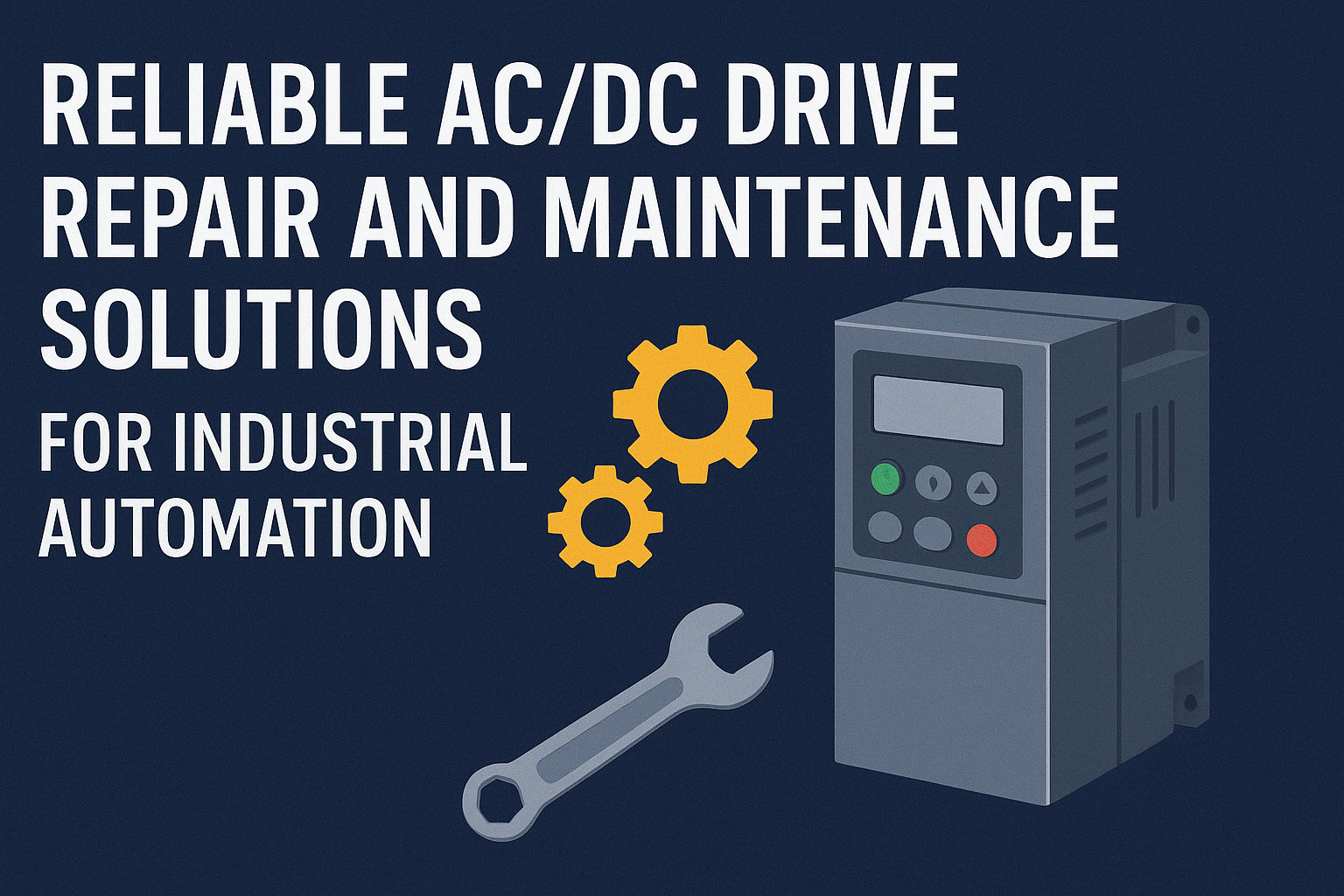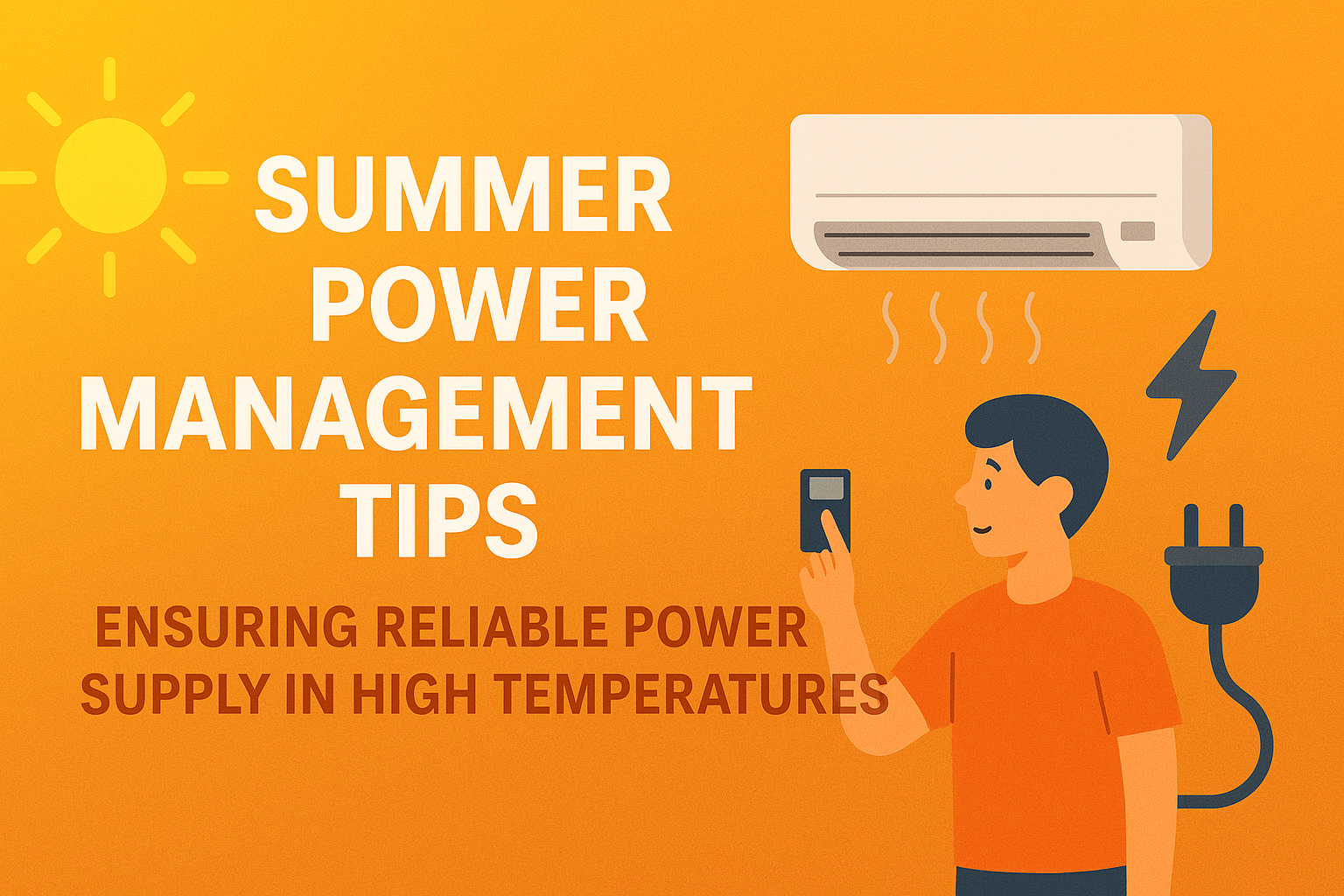As the scorching heat of summer rolls in, we rely heavily on our trusty air conditioners to keep us cool and comfortable. However, air conditioners, like any other appliance, can experience issues from time to time. One common problem is a malfunctioning outdoor Printed Circuit Board (PCB), which can disrupt the entire cooling process.
In this piece of writing, we will look into the reasons behind outdoor PCB failures and offer you some helpful ideas on how to tackle these repairs without breaking a sweat. In addition, we will discuss the reasons why outdoor PCB failures occur.
Understanding the Outdoor PCB in an Air Conditioner
Before we dive into the repair tips, let us take a moment to understand the role of the outdoor PCB in an air conditioner. The outdoor unit houses several crucial components responsible for heat exchange and the overall cooling process. Among these components, the outdoor PCB acts as the brain, controlling the functions of the compressor, fan motor, and other critical elements. It receives signals from the indoor unit and, in turn, ensures efficient cooling and proper synchronization between the indoor and outdoor components.
Common Causes of Outdoor PCB Failures
- Power Surges: Power surges caused by lightning strikes or other electrical disturbances can damage the sensitive electronics in the outdoor PCB, rendering it dysfunctional.
- Dust and Debris: Accumulation of dust, dirt, and debris on the PCB can lead to overheating and subsequent failure.
- Moisture and Corrosion: Exposure to moisture, especially during heavy rainfall or humid conditions, can cause corrosion on the PCB's surface, leading to performance issues.
- Age and Wear: Over time, electronic components wear out, reducing the efficiency and reliability of the outdoor PCB.
Tackling Air Conditioner Outdoor PCB Repairs
- Safety First: Before attempting any repairs, ensure that the power supply to the air conditioner is disconnected to avoid any electrical mishaps.
- Visual Inspection: Start by carefully examining the outdoor unit and the PCB for any visible signs of damage, such as burnt or discolored spots, loose wires, or damaged components.
- Cleaning the PCB: If you notice a buildup of dust and debris on the PCB, gently clean it using a soft brush or compressed air. Be sure not to apply excessive pressure, as it may cause damage.
- Addressing Moisture Issues: If moisture or corrosion is suspected, gently wipe the affected areas with a dry cloth and consider using a moisture-absorbing solution specifically designed for electronics.
- Checking for Faulty Components: While visual inspections can reveal some issues, using a multimeter can help identify faulty components such as capacitors, resistors, or diodes. Replace any defective parts with suitable replacements.
- Seeking Professional Help: If you are unsure about the problem or lack technical expertise, it's best to consult a certified HVAC technician. They have the necessary tools and knowledge to diagnose and repair complex issues.
- Upgrading the PCB: In some cases, older air conditioner models may have outdated PCBs that are prone to failure. Upgrading to a more modern and robust PCB can improve the overall efficiency and reliability of your air conditioner.
- Surge Protection: To safeguard your air conditioner from power surges, consider installing a surge protector. This device will divert excess voltage away from the electronics, preventing damage during electrical disturbances.
In a Nutshell
The outdoor printed circuit board (PCB) plays a crucial role in the operating of air conditioning systems, and its effective maintenance is essential to maintain the optimal operation of the cooling system. Regular inspections, thorough cleaning, and timely repairs have the potential to significantly prolong the operational lifespan of the printed circuit board (PCB) and mitigate the occurrence of uncomfortable malfunctions during periods of high ambient temperatures, such as hot summer days.
It is imperative to prioritize safety at all times. In cases when one is unsure about undertaking repairs independently, it is advisable to promptly seek the assistance of a qualified professional expert. By adhering to these guidelines, individuals can approach outdoor printed circuit board (PCB) repairs for air conditioners with a sense of assurance, thereby ensuring optimal cooling throughout the summer season.
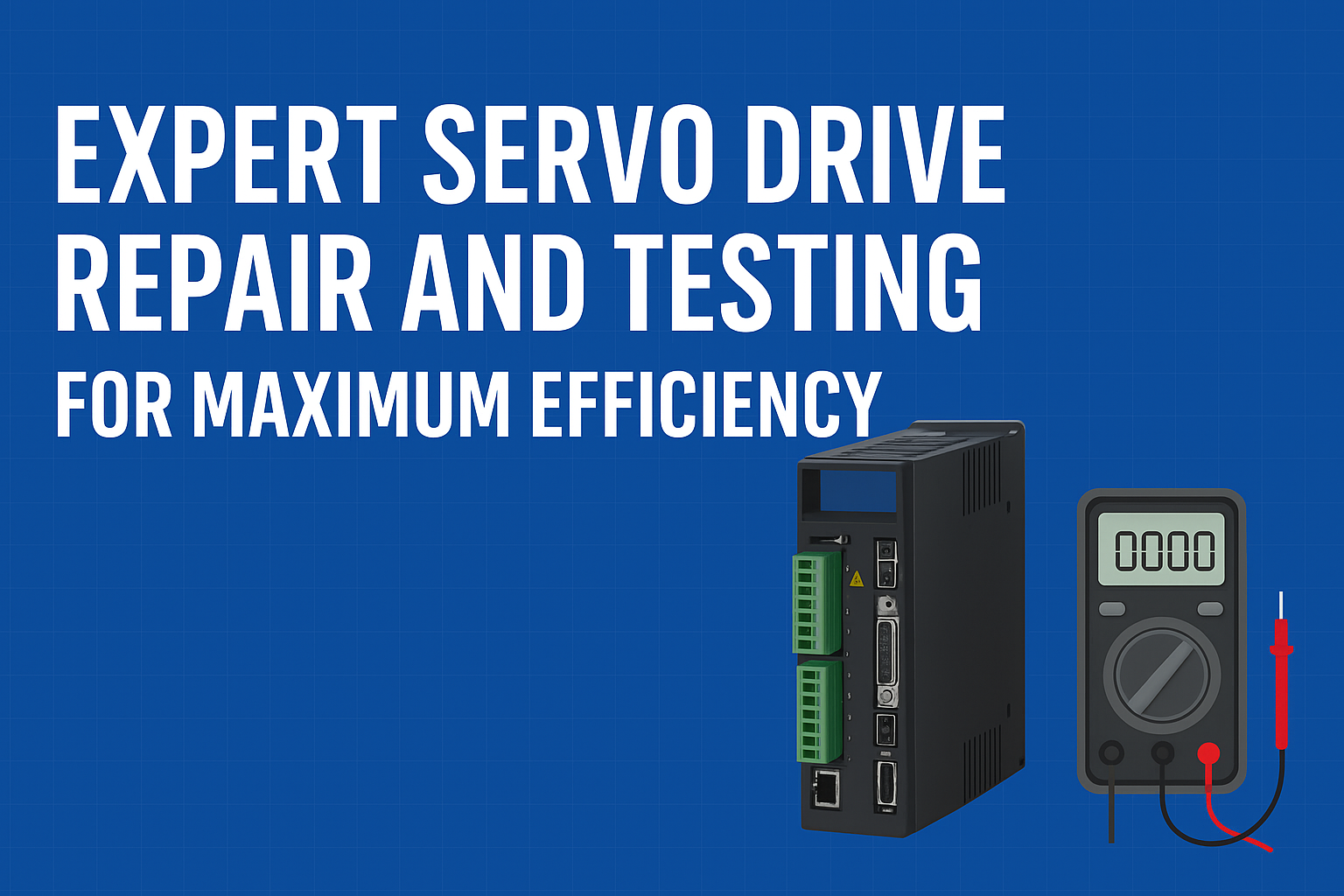
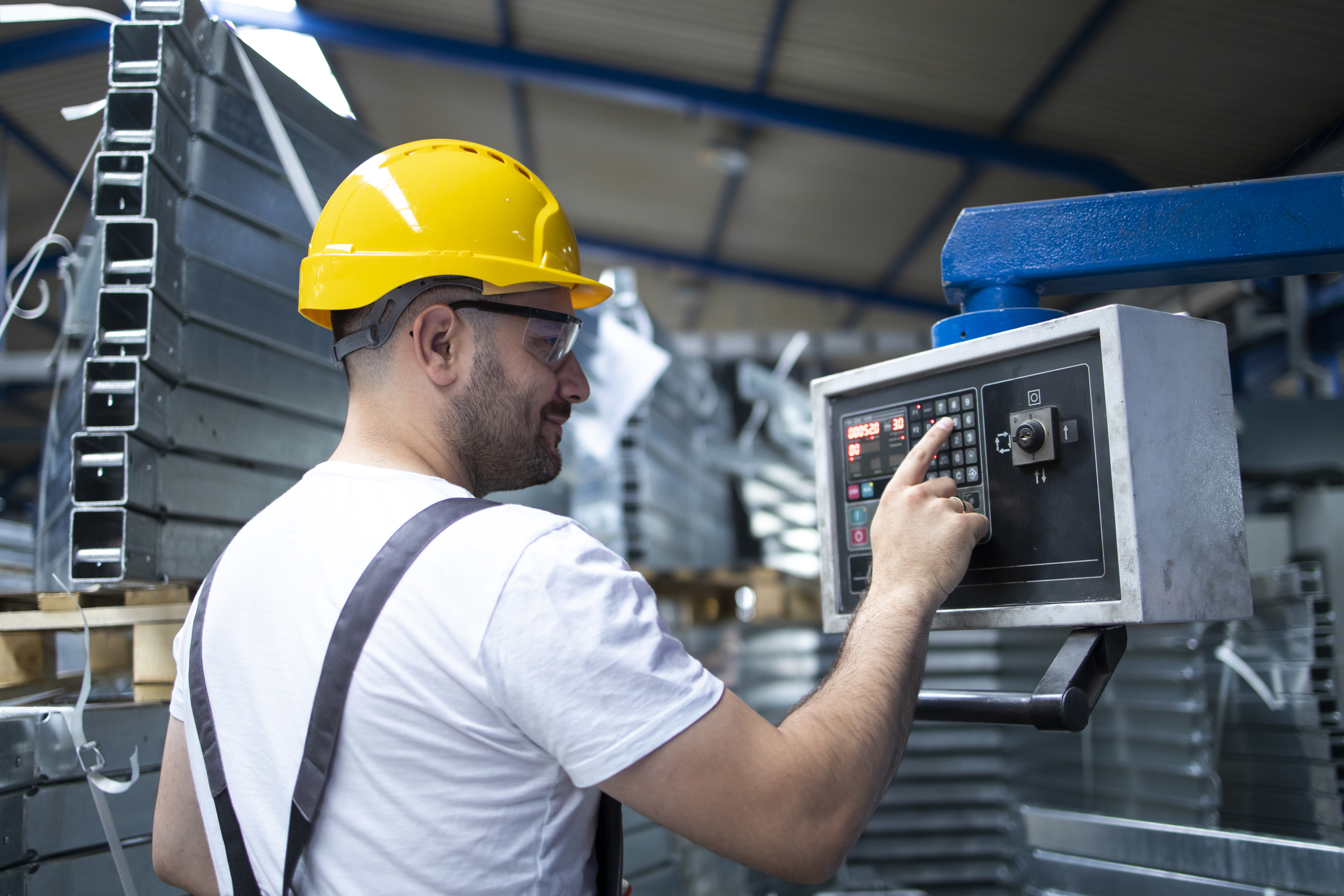
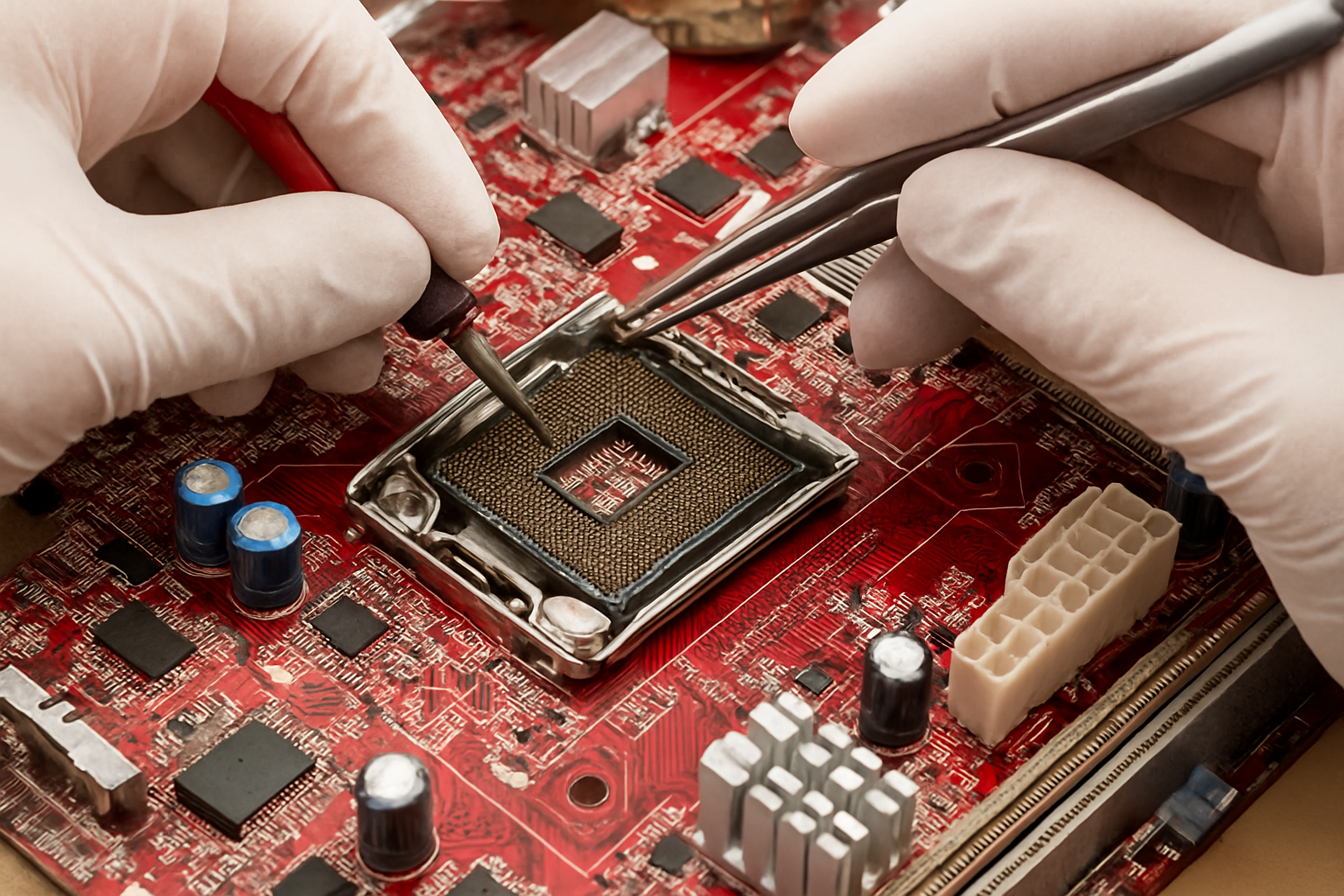
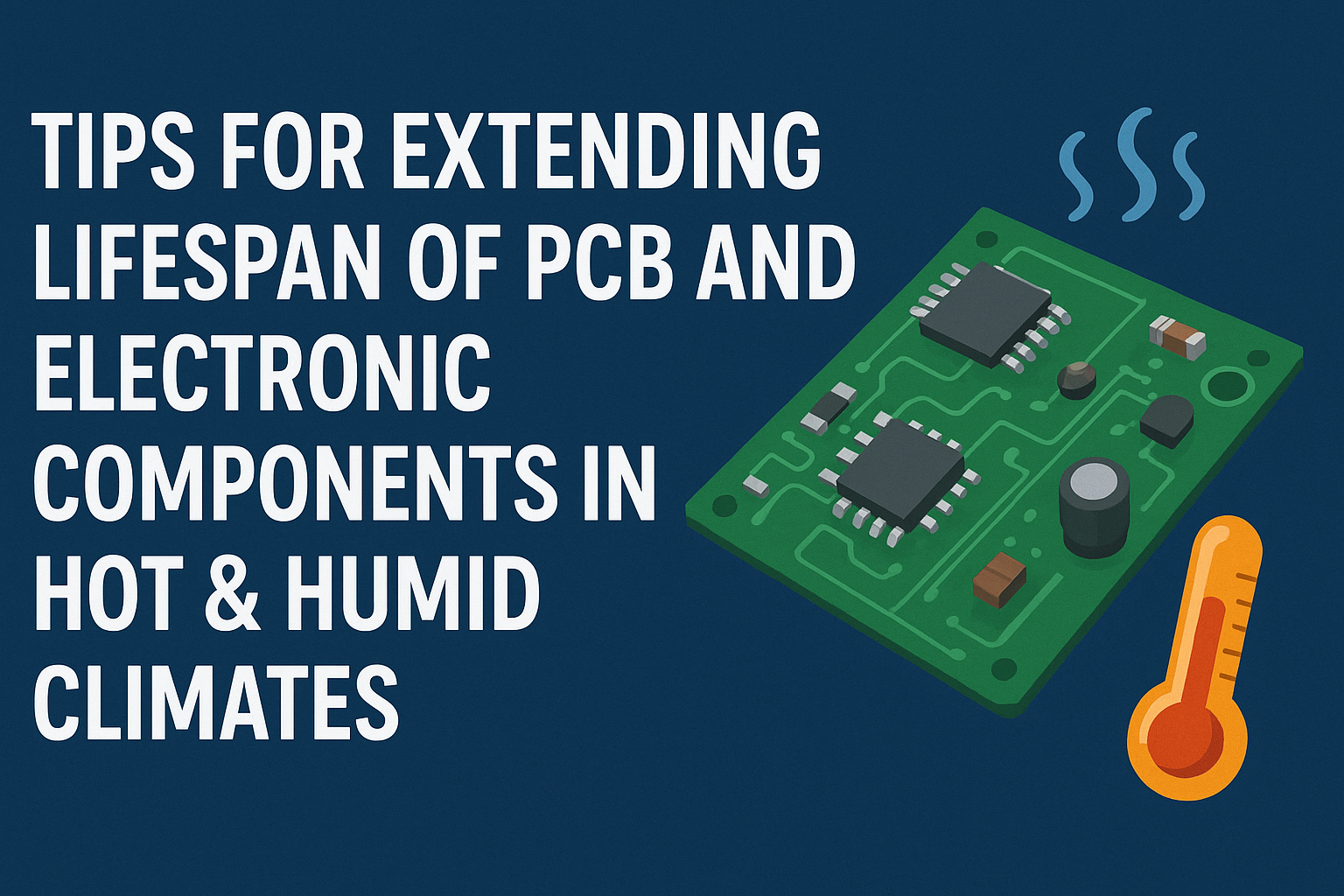

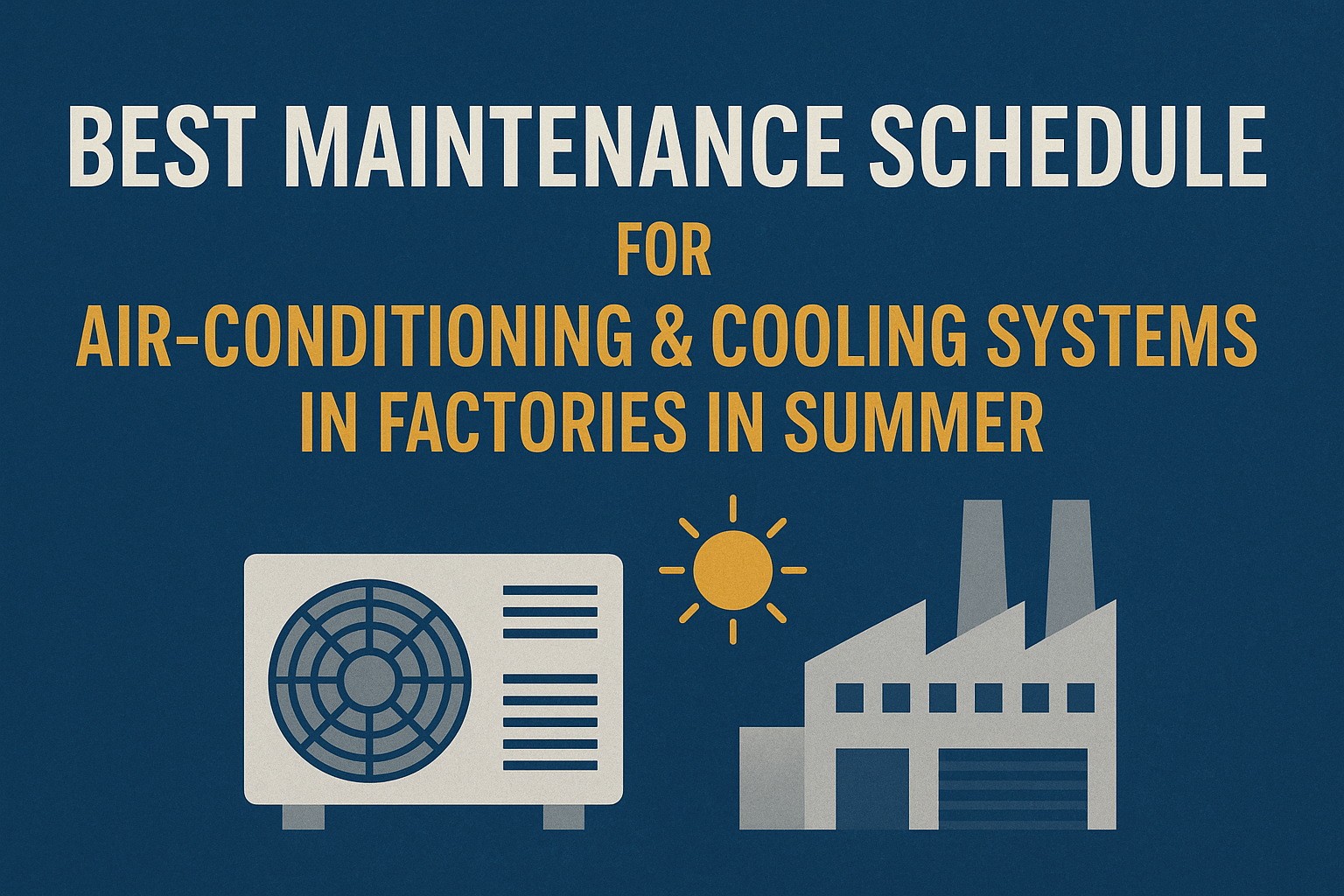
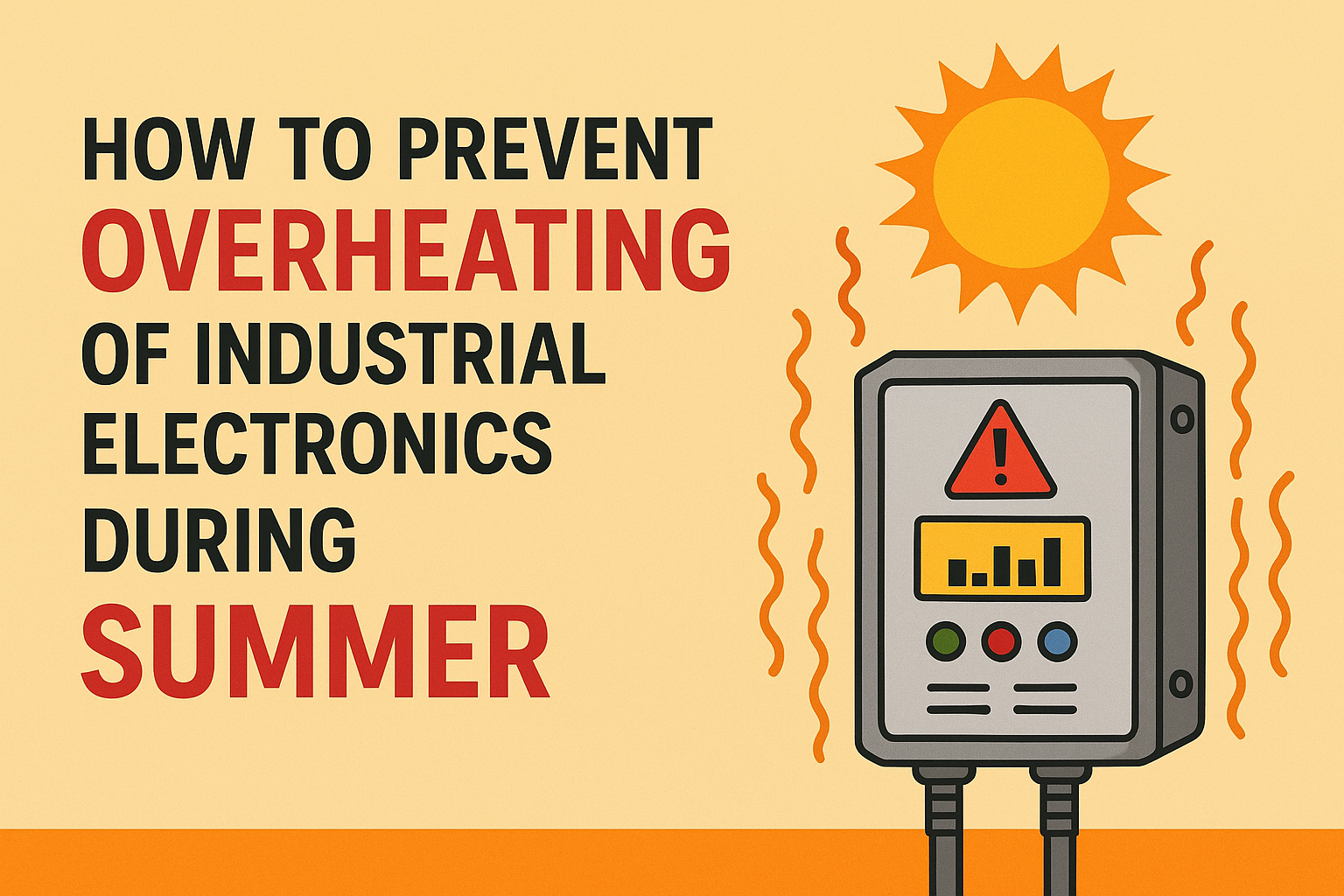
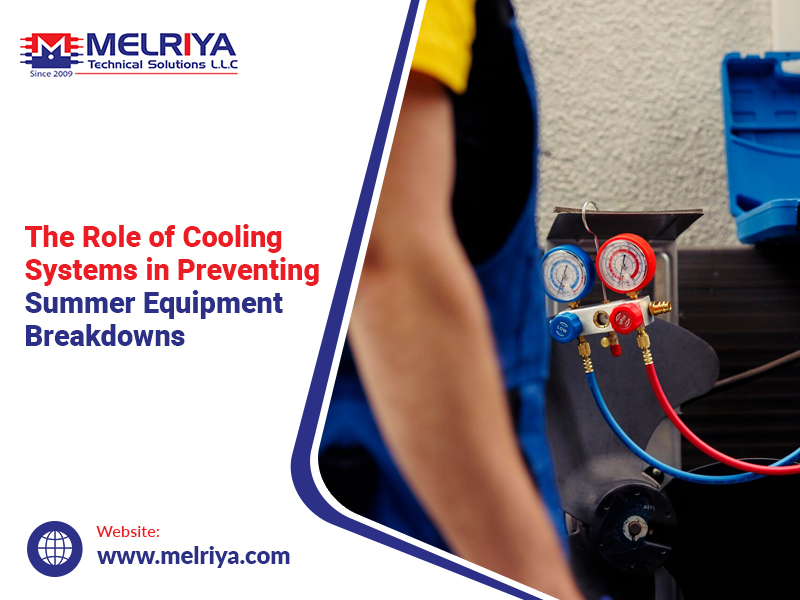
.png)




.jpg)
